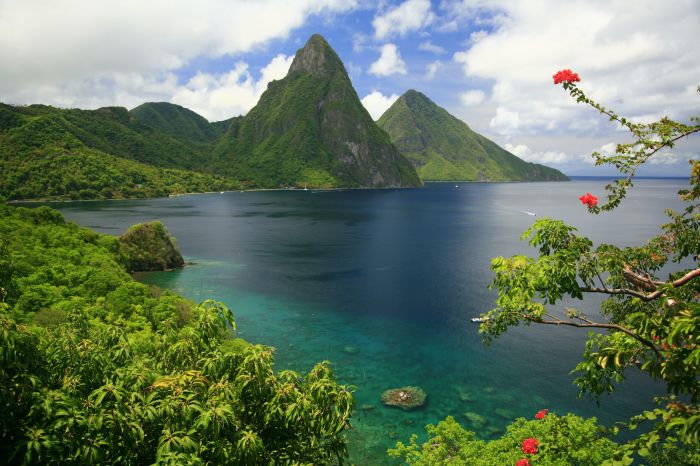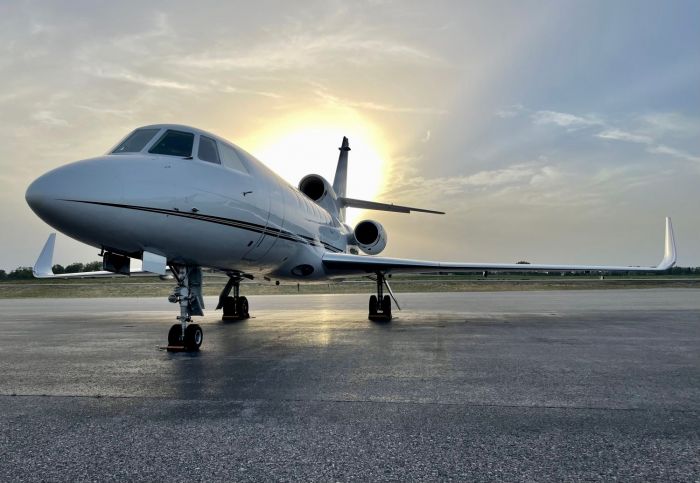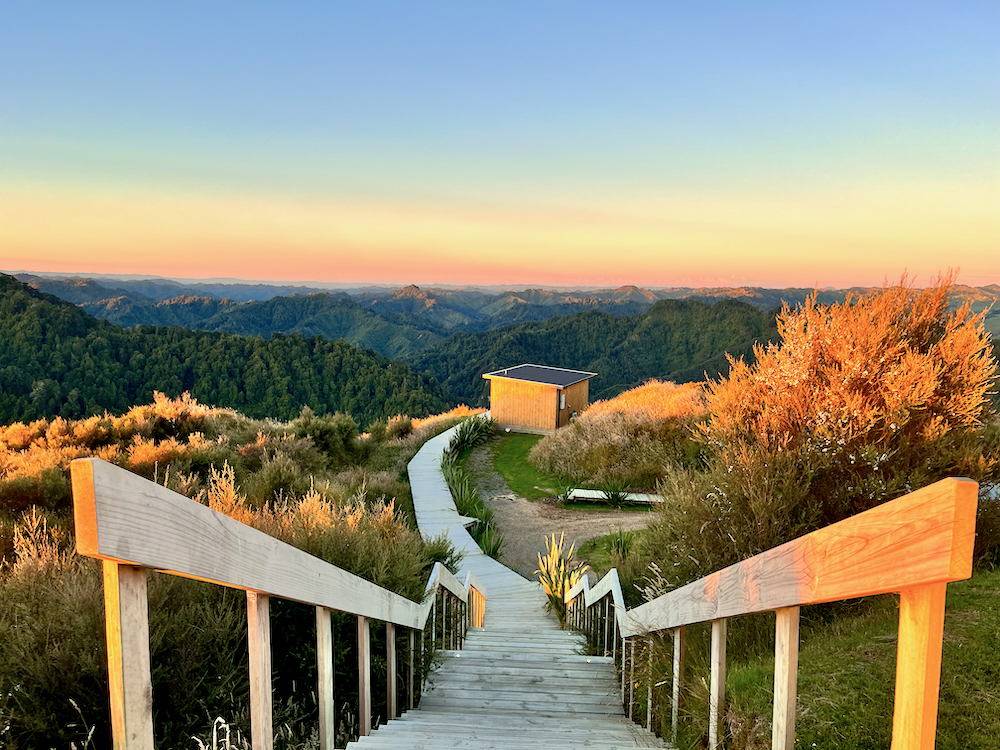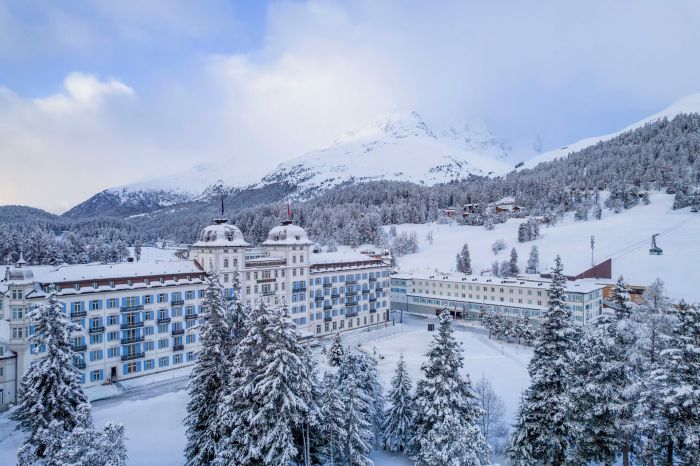
The 2016 Summer Olympics are officially underway (Go Team USA!). Although taking place in one of the most beautiful cities in the world, excitement for this year’s games have taken a back seat to all of the trouble surrounding Rio de Janeiro. Of course, when the medals have been given out, the crowds head home and news outlets move on, it’ll still top many traveler’s bucket lists. That’s because now, sojourners will have even more reasons to visit, since they'll get to see an up-close look at a then former Olympic village.
Over the years, host cities have spent many, many dollars on creating facilities and venues for the competitions. They have cost them anywhere between $7 million to Beijing’s whopping $44 billion. Those figures alone make a trip to these former host cities seem intriguing. While some former villages lay in ruins, others are stunning reminders of past games. Here’s a look at the last four cities’ Olympic Parks and a quick guide of what to do and see around each.

London, United Kingdom — 2012
To date, London has hosted three summer Olympics games, just one shy of beating out the US which has had four games on its soil. Unlike other parks that have been abandoned following the games, its Queen Elizabeth Olympic Park is a thriving destination that is still frequented by travelers to the UK (over 4 million visitors since 2013). Situated adjacent to the Stratford City development and east of the city, the complex covers 560 acres filled with Olympic venues, walking and cycling trails, playgrounds and a diverse mix of wetlands, meadows, woodlands, meadow and other wildlife habitats.
There are eight permanent venues to explore: Here East, Lee Valley VeloPark, East Village, Lee Valley Hockey and Tennis Centre, ArcelorMittal Orbit, Copper Box Arena, London Aquatics Centre and the Stadium. Guests can do guided walking tours of the facilities or even jump on a boat that runs through a river within the Park. Another interesting thing about London’s park is it also includes residential properties. Located in various areas around the park, these developments are either already built or in the works. By 2030, there is expected to be more than 10,000 new households within five neighborhoods.
If you want to stay within a 10-minute drive of the park, the Corinthia Hotel London or the boutique Malmaison London are both between four and five miles away. Nearby is also the Theatre Royal Stratford East where up-and-coming actors take the stage to showcase their talent. The best of British and international art-house and independent cinema, the four-screen Stratford Picturehouse is also located close by and visitors can enjoy the latest big film releases in an upscale setting. A little further away from the park is the The Cutty Sark in Greenwich. It is the last surviving tea clipper and one of the world’s most famous ships. Since 2012 it’s been opened up to the public to explore its decks which were once walked by merchant seaman who sailed her over a century ago.

Beijing, China — 2008
When it was first built, Beijing Olympic Park occupied 4.47 square miles and contained 10 venues, the Olympic Village, and other supporting facilities. Today, it’s more of an abandoned $44 billion ghost town than a tourist attraction. However, there are still some pretty cool things to check out. The National Stadium called the “Bird’s Nest” was built in 2003 and completed in 2008. The Swiss-designed project cost $432 million and was the main venue for track and field, football, gavelock, weight throw and discus.
Since the Olympics ended, the stadium has been opened up for tours and both international and domestic sporting competitions such as the Supercoppa Italiana, the China Cup and the 2015 World Championships in Athletics. Its most unique feature is its cushion system which fills the spaces within the building's façade to regulate wind, weather and sunlight. General admission tickets allow you access to the 1st and 5th floors which have a few exhibition areas. Or for a little bit more you can climb up to its roof along the Air Corridor walk and get a birds-eye view of the area.
Next to the Bird’s Nest is The National Aquatics Center (the Water Cube), which was also built for the 2008 games. It can hold 17,000 people in seats and has a floor space of 538 square feet. Spread across its exterior are semi-transparent "bubbles" that mimic the structure of water, giving it its nickname. It was used for swimming, diving, synchronized swimming and water-polo games and is now a large water recreational center open to the public. Instead of viewing The Bird’s Nest in the daytime, choose to visit during the evening. At night, the water cube displays different color patterns and the nest’s solar panels collect the sun’s rays by day and lights it by night. Viator also offers private full-day tour with a personal guide which also includes a hike along the Great Wall and an authentic Chinese lunch. Tickets start at $160 per person.
When exploring the area, don’t miss the Beijing Summer Palace which is a 25-minute drive away from the stadium. Situated in the Haidian District northwest of Beijing, it is the largest and most well-preserved royal park in China. There are over 3,000 man-made ancient structures here including towers, bridges, corridors and pavilions. Known as the Lama Temple, the monastery of the Gelug school of Tibetan Buddhism is also located nearby in the Dongcheng District. It features the Hall of Heavenly Kings, Hall of Harmony and Peace, Hall of Everlasting Protection and the Hall of the Wheel of Law where you can learn about the temple’s different functions and history. For accommodations, check out the InterContinental Beijing Beichen with 337 guestrooms, a spa, indoor pool and three restaurants.

Athens, Greece — 2004
The Olympics have Athens, Greece to thank for their origination. Dating back to 776 BC, the worldwide sporting competitions were held every four years starting in 8th century BC in Olympia and went on until the 4th century AD. The event picked back up in 1896 in Athens, which is now considered the very first modern-day version of the games. It featured 280 participants from 13 nations, competing in 43 events. Over a 100 years later, the games would return to their birthplace in 2004 for the summer Olympics, spending $15 billion on new facilities.
Originally built in the early ‘80s for the European Olympic Championships, the stadium was remodeled in 2004 by architect Santiago Calatrava. The current complex is called Spiros Louis Stadium, named after the winner of the 1896 marathon and seats around 70,000 people. Nowadays it is home to Athens’ two football clubs, AEK and Panathinaikos. But there’s not much to see at the stadium itself so you won’t need to be there for long.
Instead, take a tour of the very first Olympic venues. This four-hour private tour takes you through Athens with visits to the Panathenian Stadium, the Temple of Zeus, the UNESCO-listed Acropolis of Athens, the Athens agora and visit the Athens National Gardens to watch changing of the guard ceremony. Afterwards, should a shopping bug hit, you can venture over to one of two nearby malls: the Golden Hall shopping mall and The Mall Athens. The latter is the largest in the city and has 200 stores spread over four levels. Stay at the nearby Hotel King George Athens, a 15-minute drive away from the Olympic stadium, less than a mile from the Parthenon and 1.2 miles from the Acropolis.

Sydney, Australia — 2000
Like London, Sydney’s $6.6 billion Olympic Park is just as big of a tourist attraction now as it was when it first hosted the summer games. Throughout the year it holds many major events such as The Sydney Royal Easter Show, Sydney Festival, Big Day Out and plays host to the Australian Football League, Australian Rugby League and National Rugby League games. The stadium holds 83,500 people while Acer Arena holds between 15,000 to 21,000 people depending on the sport.
The stadium provides two notable tours: the Explore and Gantry excursions. Both give you a behind-the-scenes look at the stadium with private guides. The latter takes you underneath the roof across the walkway that sits 147 feet above the arena. Around the park, visitors can participate in anything from archery sessions to flying trapeze lessons, Birds Australia Discovery Centre and The Sydney Olympic Park Aquatic Centre which is home to four indoor heated pools, rapid river ride, giant water slide, spa, sauna, steam room and health club. Tours of the aquatic center include commentary on facts and figures by guides, views of the competition and diving pools, spa access, a look at the world’s first under seating air conditioning system and the world's largest moveable floor. You can also spend the afternoon at the leisure pool which includes a river ride, water slide and a photo opportunity at the Olympic podium.
Located within the park are a handful of hotels including Pullman at Sydney Olympic Park, a five-star property which features 212 rooms and suites, panoramic views of Sydney’s skyline, and a range of dining options such as the Bacar Restaurant and Wine Bar. Nearby, guests can visit sights like Bondi Beach, the Sydney Opera House, the Sydney Tower, the Taronga Zoo and the Sydney Harbour. Get a birds-eye-view of the city with a seaplane tour and its Sydney Opera House Backstage excursion ($499 a person). The half-day trip gives guests private access to areas normally reserved for the stars and their crew, a chance to stand on the Concert Hall stage and eat breakfast in the Green Room. This is followed up by a 30-minute Sydney Secrets flight which flies over the city’s northern beaches.














